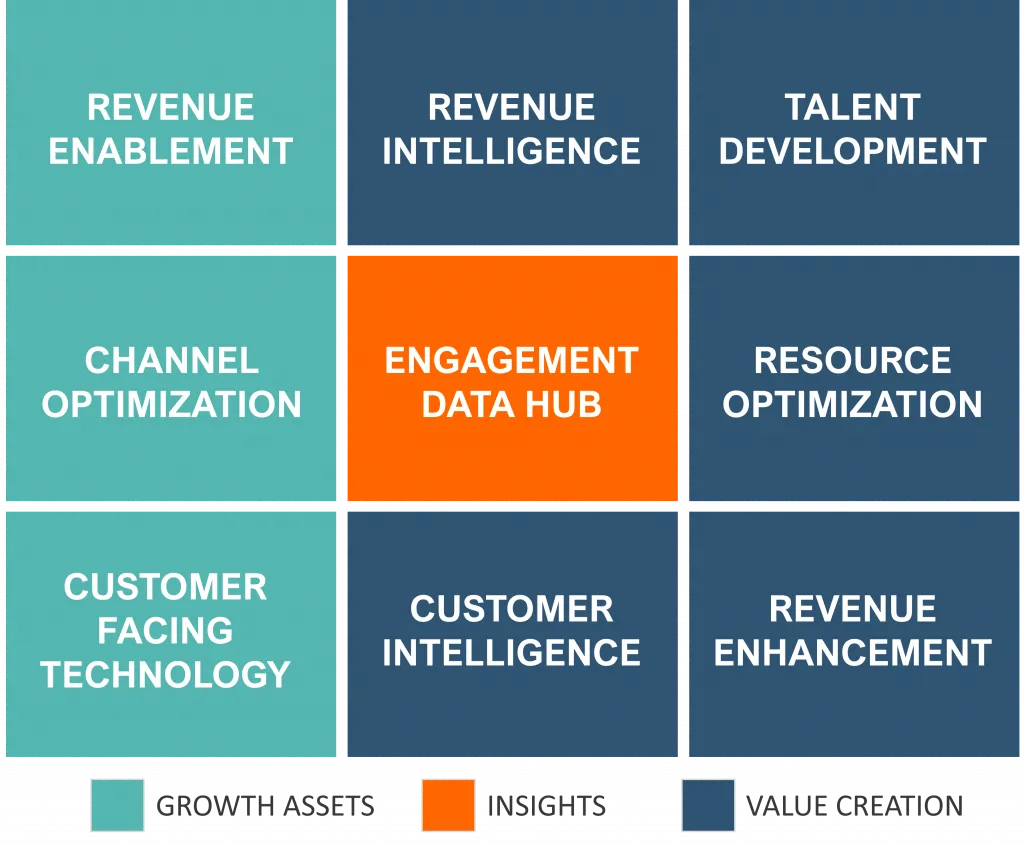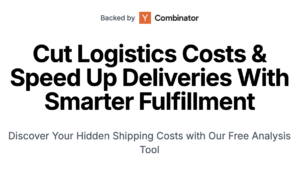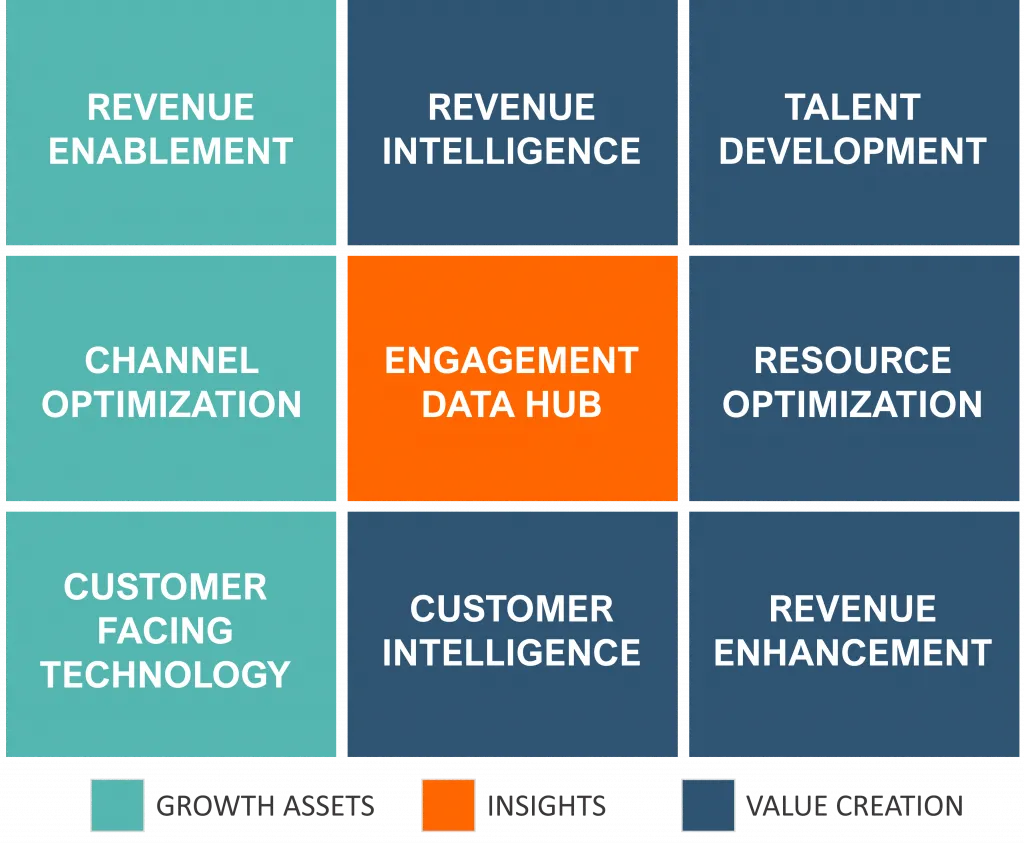RevSpire: Illuminating the Path to Revenue Excellence
by RevSpire Team on September 04
In today’s fast-paced business landscape, companies are in a perpetual pursuit of strategies to bolster their revenue and propel growth. Two prominent approaches that often come into play are sales enablement and revenue enablement. While these terms might seem akin, they diverge in their focus and objectives. In this article, we’ll delve into the world of revenue enablement and sales enablement, explore why the distinction is pivotal for businesses, and provide actionable insights on implementing these strategies to amplify your success.

Defining Sales Enablement and Revenue Enablement
Sales Enablement: Sales enablement is a meticulous process geared towards equipping sales teams with the indispensable tools, training, and resources required to effectively seal deals. The ultimate aim here is to enhance the performance of the sales squad and, consequently, bolster revenue. This entails elements like comprehensive training modules and content creation encompassing playbooks, case studies, and competitive analyses. Armed with these resources, sales teams gain a deeper understanding of customer needs, identify pain points, and tailor their approach for a higher closure rate.
Revenue Enablement: Revenue enablement casts a wider net, zeroing in on the entire customer journey, spanning from initial contact to post-sale engagement. Its primary objective is to enhance business growth by aligning the efforts of sales and marketing teams and optimizing every facet of the customer experience. Key ingredients of revenue enablement include data analytics, featuring insights from customer feedback, website traffic, and social media engagement. These data-driven tools empower companies to decode customer behavior, preferences, and craft laser-focused marketing and sales strategies, culminating in more effective lead generation, improved customer retention, and a notable surge in revenue.
Distinguishing Sales Enablement from Revenue Enablement
While both sales enablement and revenue enablement share common goals, they diverge significantly:
Focus: Sales enablement concentrates on enhancing the capabilities of the sales team, while revenue enablement takes a holistic view, spanning the entire customer journey.
Metrics: Sales enablement often centers on short-term metrics like quota attainment, while revenue enablement adopts a strategic, long-term perspective.
Technology: Revenue enablement places a heavier reliance on technology and data, whereas sales enablement typically leans towards training and content.
Why Revenue Enablement Outshines Sales Enablement
Sales enablement primarily concentrates on arming sales teams with the tools and knowledge to engage prospects and close deals efficiently. In contrast, revenue enablement adopts a holistic strategy, aligning all revenue-generating teams to attain overarching business objectives. While sales enablement homes in on the sales process, revenue enablement takes a broader view, aiming to optimize the entire customer journey.
In terms of key performance indicators (KPIs), sales enablement predominantly tracks metrics such as deal size, win rates, and sales cycle length. On the other hand, revenue enablement adopts a customer-centric approach, focusing on KPIs such as customer lifetime value (CLV), customer acquisition cost (CAC), and customer retention rate. Revenue enablement also extends its reach beyond the sales function, encompassing departments like marketing and customer success.
Ultimately, the core distinction between sales enablement and revenue enablement lies in their strategic orientation. The former is tactical, aiming at enhancing sales performance, while the latter is a strategic approach designed to elevate overall business outcomes.
Embracing the Future with Revenue Enablement
As businesses pivot towards a customer-centric paradigm, revenue enablement emerges as a pivotal strategy for steering growth and development. By embracing a holistic perspective of the customer journey and harnessing data and analytics for decision-making, revenue enablement empowers businesses to enhance the customer experience, drive revenue upswings, and maintain a competitive edge.
Processes and Lifecycle Supported by Revenue Enablement
Revenue enablement adopts a comprehensive approach, enveloping the entire customer journey. Its mandate is to ensure that every customer interaction is tailored to their specific needs, fostering engagement throughout the entire lifecycle. The processes fortified by revenue enablement encompass marketing, sales, and customer service, seamlessly aligning these functions to deliver a seamless experience to customers.
From the initial spark of awareness about a product or service to the decisive purchase decision, revenue enablement ensures the right content, training, and tools are at the disposal of stakeholders at every juncture of the customer journey. This meticulous orchestration guarantees that each touchpoint is fine-tuned to deliver the utmost customer satisfaction.
Sales enablement is undoubtedly an integral facet of revenue enablement; however, it represents just one piece of the intricate puzzle. Revenue enablement adopts a more comprehensive and strategic outlook, scrutinizing the bigger picture to ensure that each interaction contributes harmoniously to the overarching goal of revenue growth.
Choosing the Right Approach for Your Business
When it comes to making the crucial decision between sales and revenue enablement, several factors warrant consideration. The size of your organization, industry nuances, and the specific goals you aspire to achieve all play a pivotal role.
For instance, if you possess a substantial sales team hungry for training and support, sales enablement might be the ideal choice. However, if you aim to optimize the entire customer journey, revenue enablement might hold the upper hand. Another pivotal factor is the level of resources and support at your disposal. Revenue enablement typically necessitates a more substantial investment in technology and analytics, while sales enablement leans towards training and content.
It’s imperative to ensure that your organization possesses the requisite resources and infrastructure to underpin your chosen approach effectively. To gain a deeper understanding of the most suitable approach for your business, consider studying case studies and examples of companies that have successfully implemented each strategy. By dissecting these cases, you can glean insights into the challenges and benefits associated with each approach and how they align with your unique business landscape.
In Conclusion: The Power of Revenue Enablement
Revenue enablement emerges as a holistic approach poised to propel revenue growth and cultivate a consistent customer journey that fuels development. In stark contrast to sales enablement’s narrow focus on the sales team, revenue enablement adopts a panoramic view that encompasses marketing, sales, and customer success.
To implement revenue enablement effectively, businesses must pivot towards a customer-centric approach, harnessing technology for data collection and analysis to craft personalized customer experiences. This is precisely where RevSpire shines, offering a suite of cutting-edge features that empower businesses to implement revenue enablement strategies with precision.
When the choice between sales and revenue enablement looms, businesses should weigh factors such as target audience, sales processes, and marketing strategies. By delving into real-world case studies and success stories, organizations can glean valuable insights into what works best for their unique circumstances.
In sum, revenue enablement represents the future of sales, poised to elevate businesses that successfully embrace it towards growth and prosperity. By leveraging the right technology, such as RevSpire, businesses can craft personalized and consistent customer journeys that drive revenue and business expansion.

By RevSpire Team
The RevSpire Team champions our sales enablement platform, empowering businesses to engage in more meaningful buyer conversations and hit revenue targets. RevSpire leverages AI-driven search, analytics, training, guided selling, and seamless integrations for a modern, user-friendly solution loved by sales reps and marketers.






